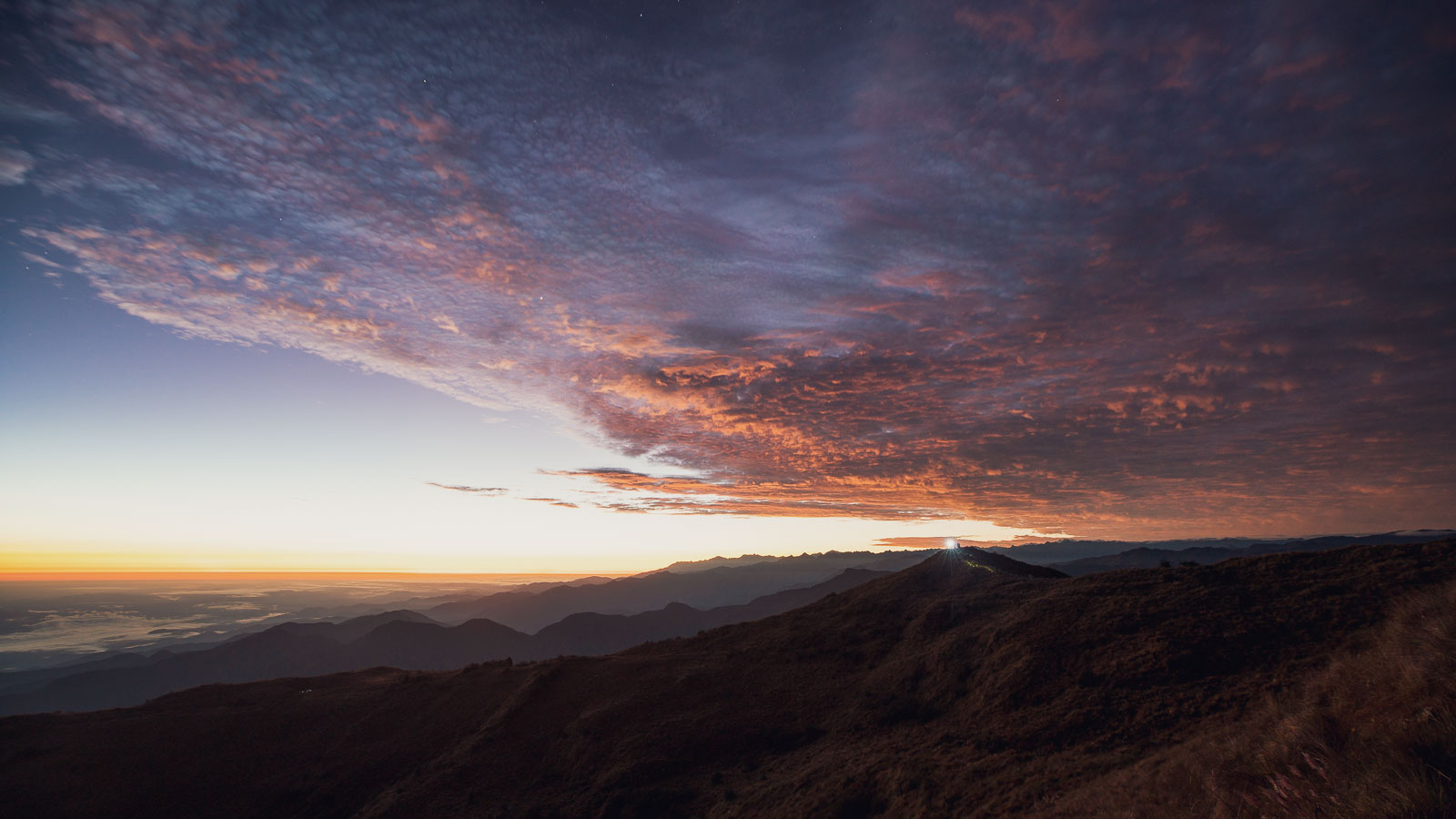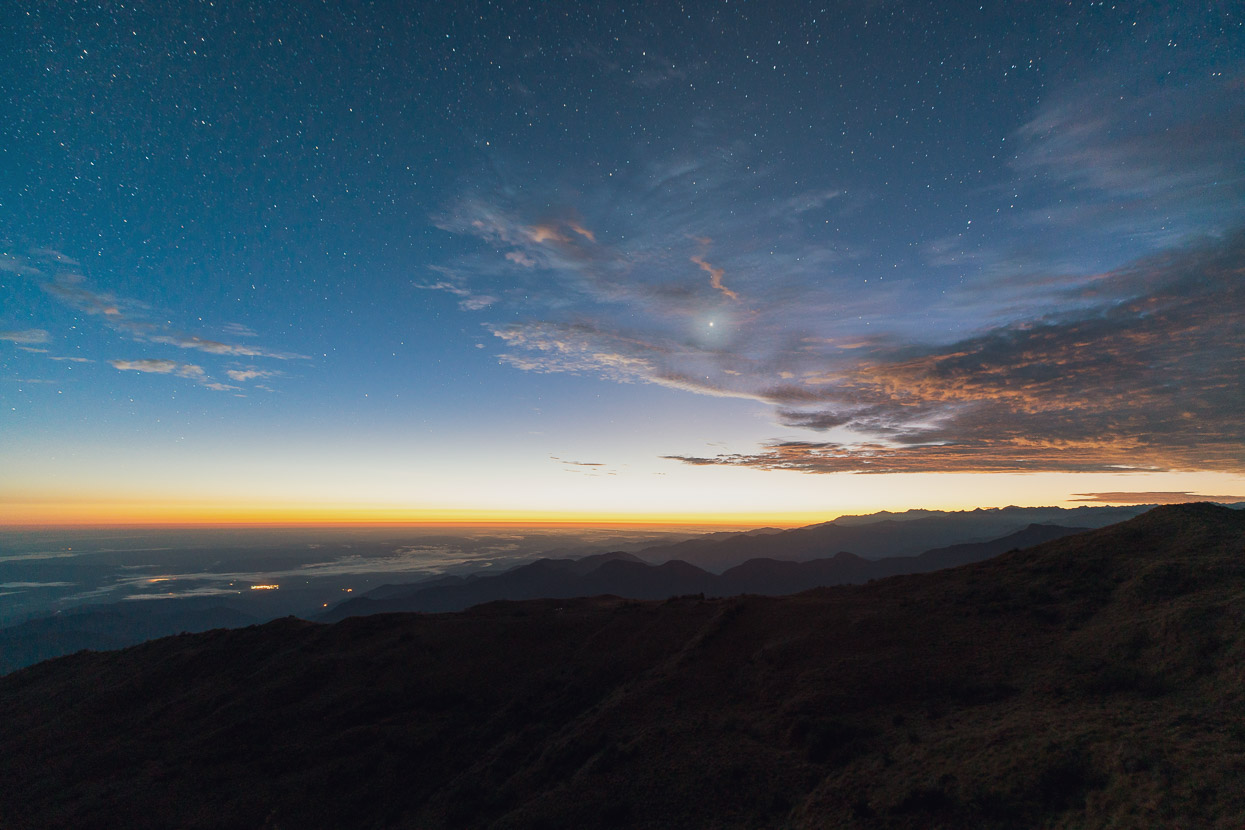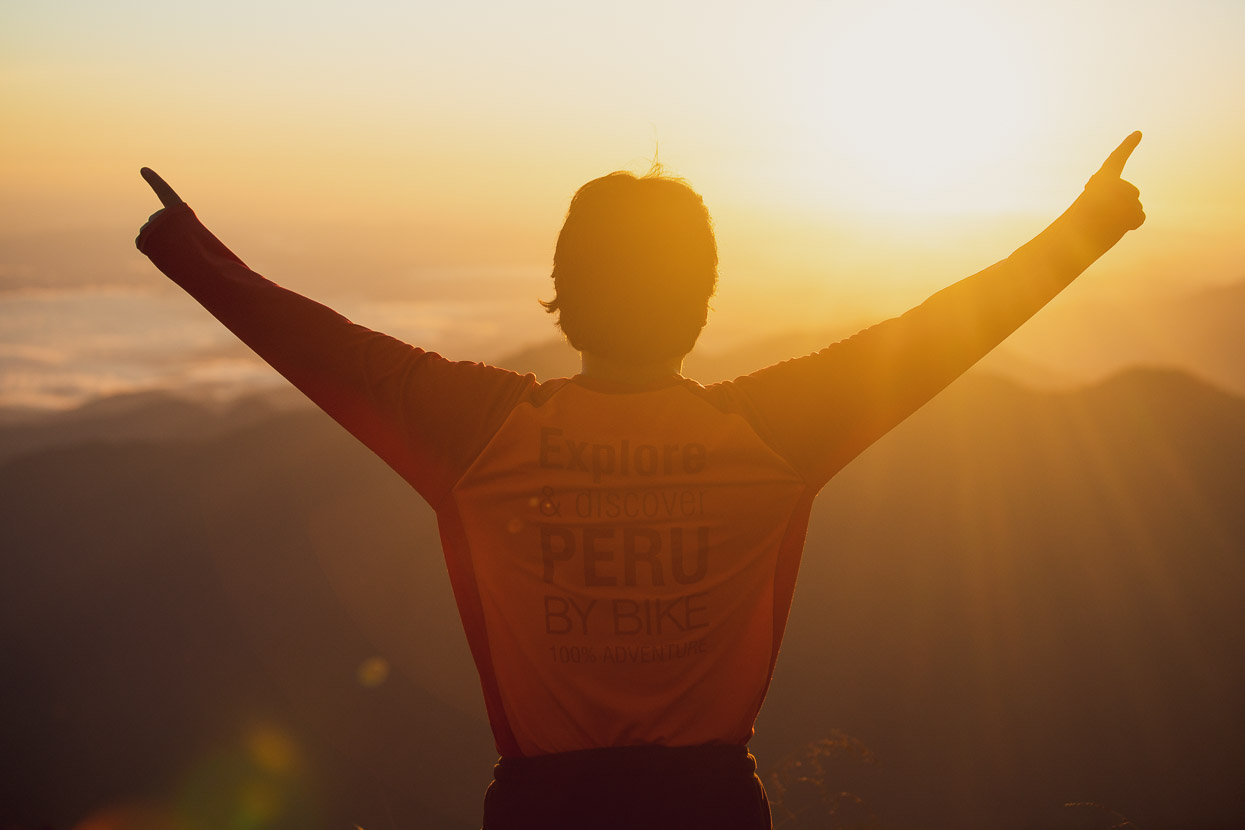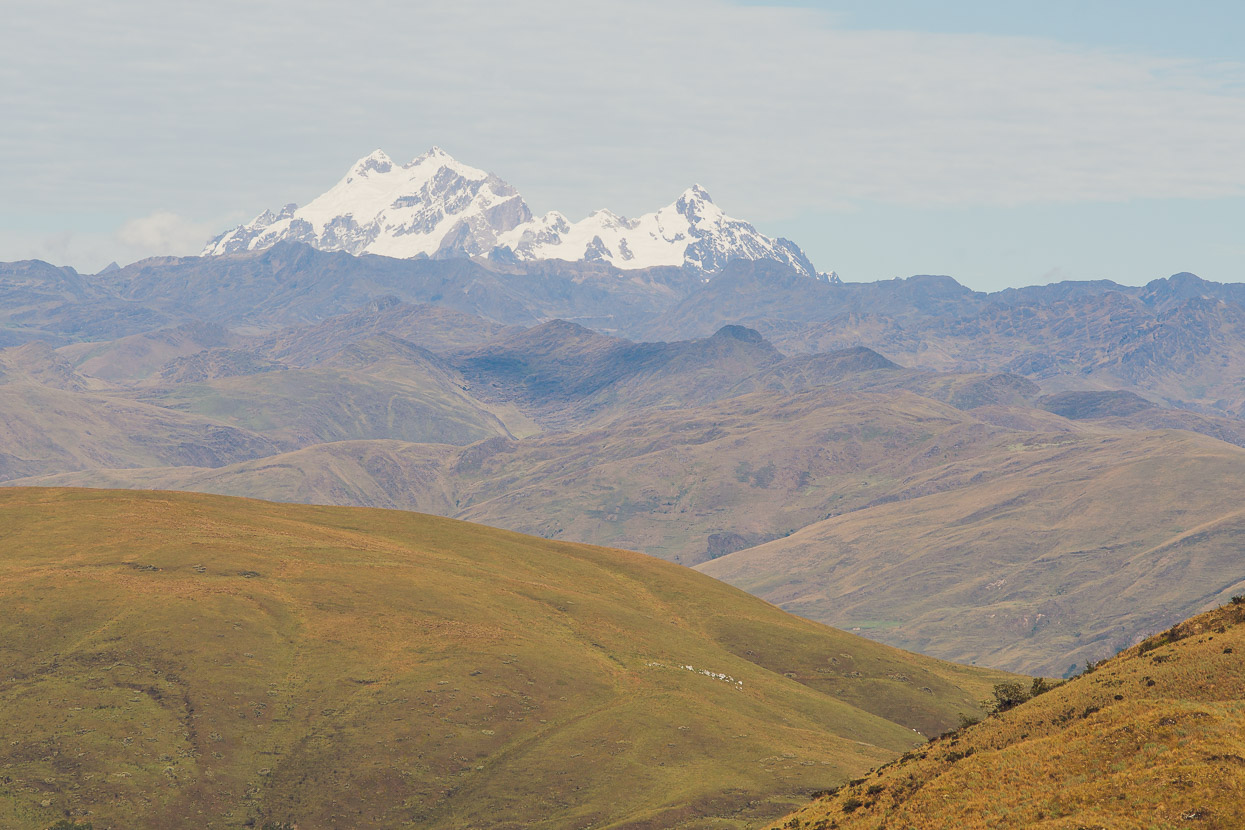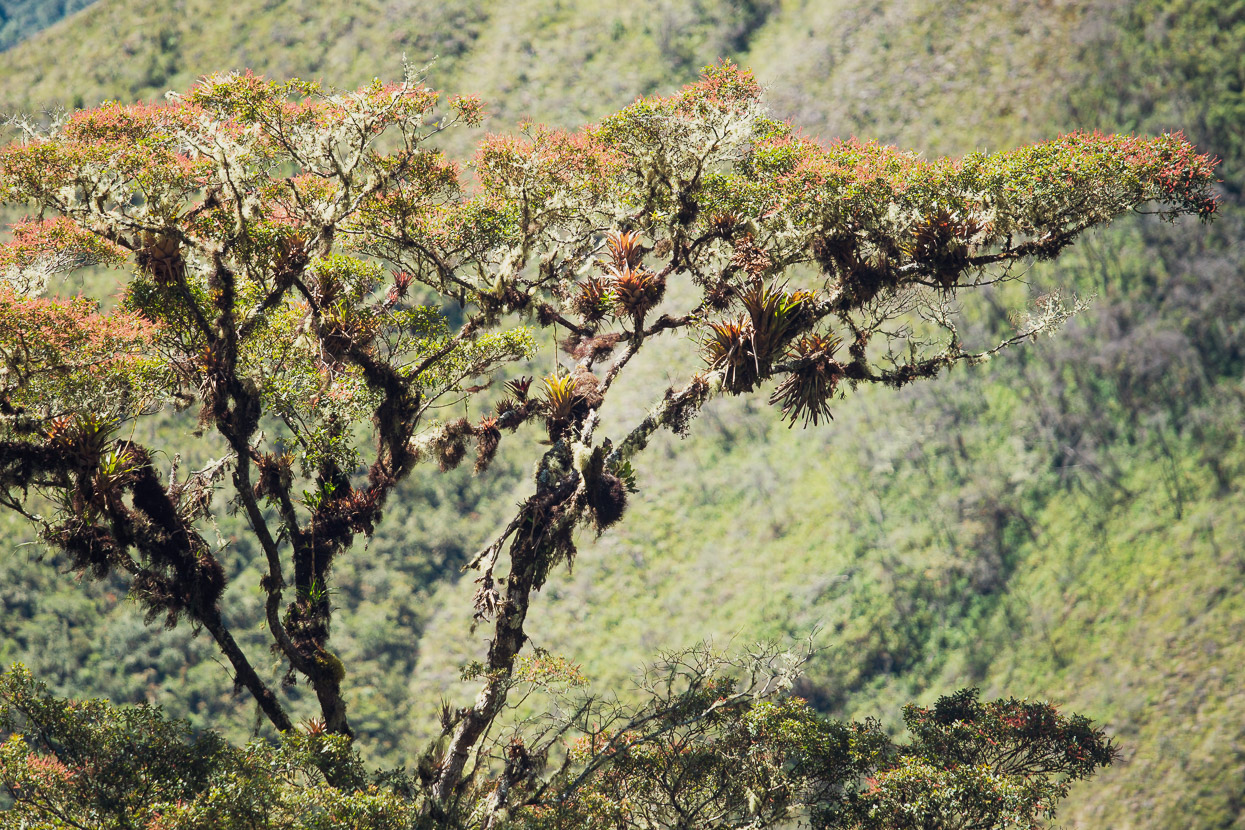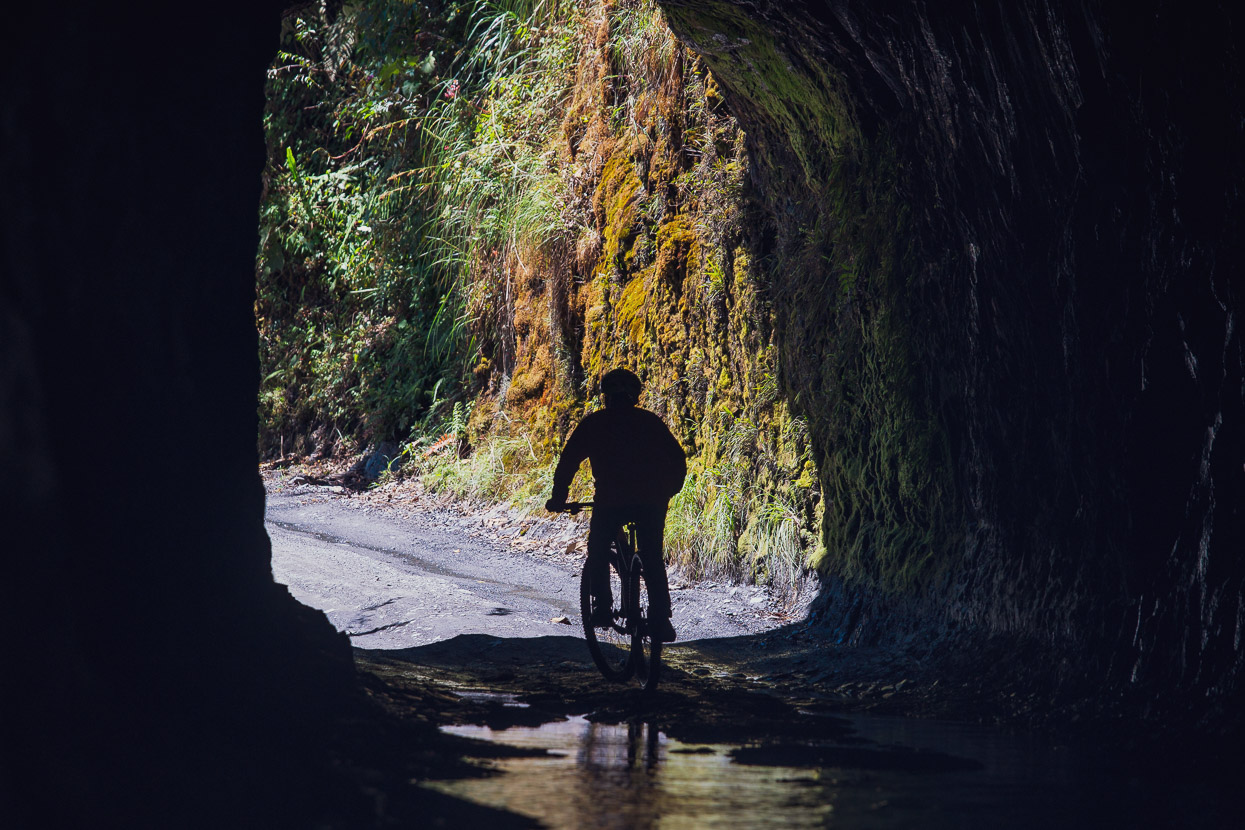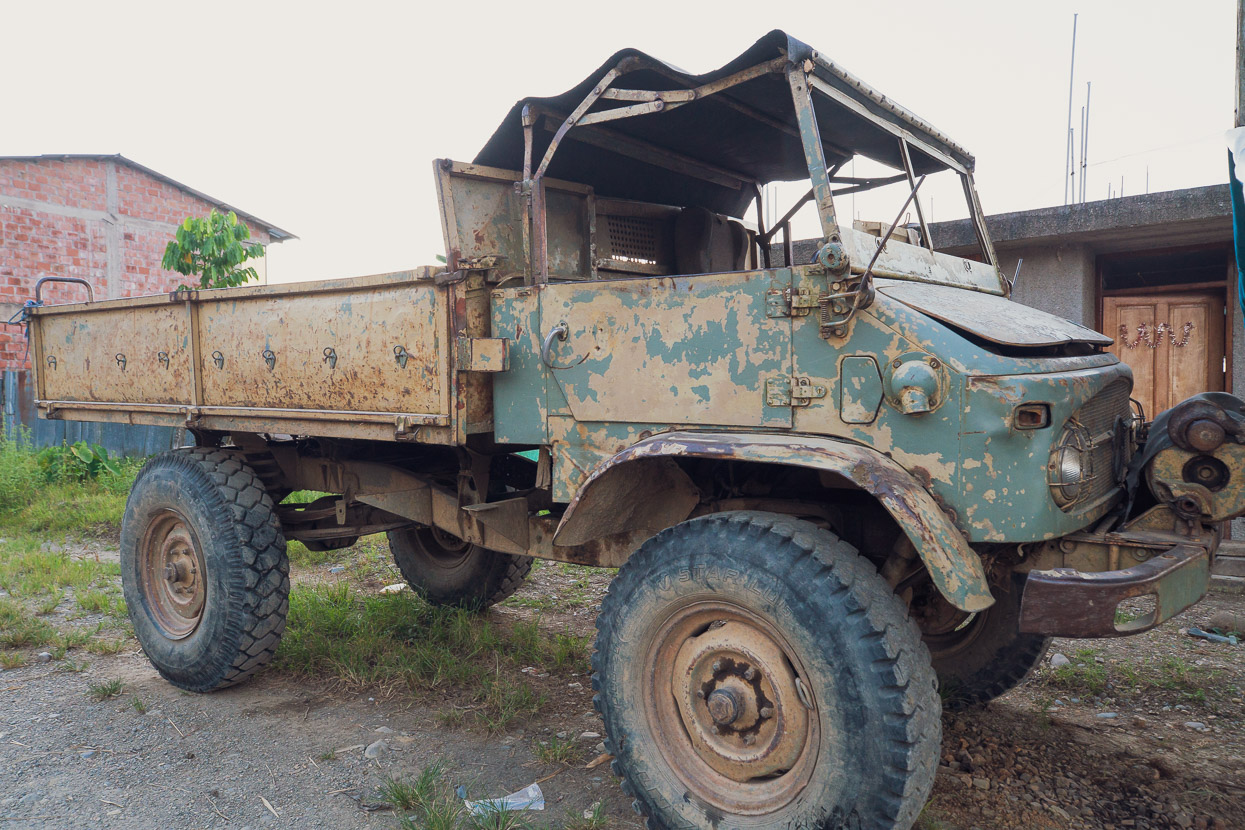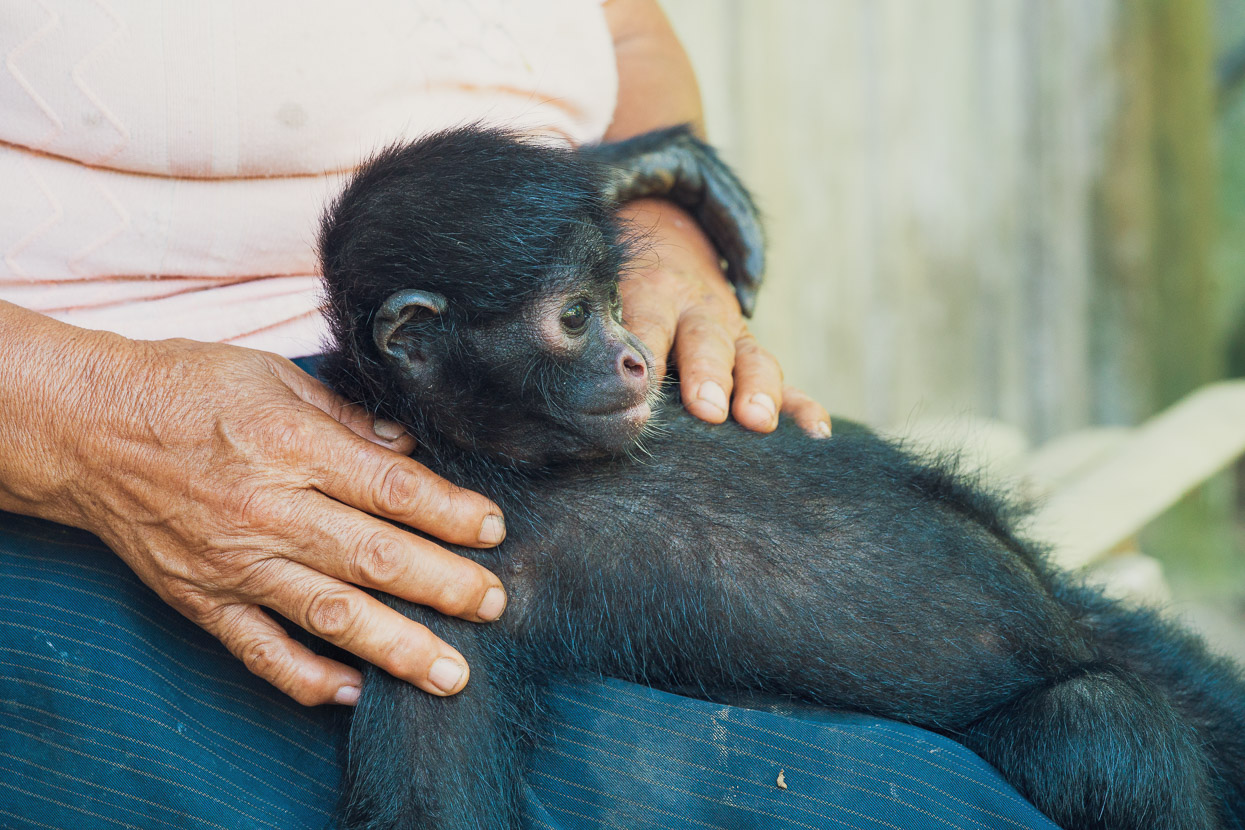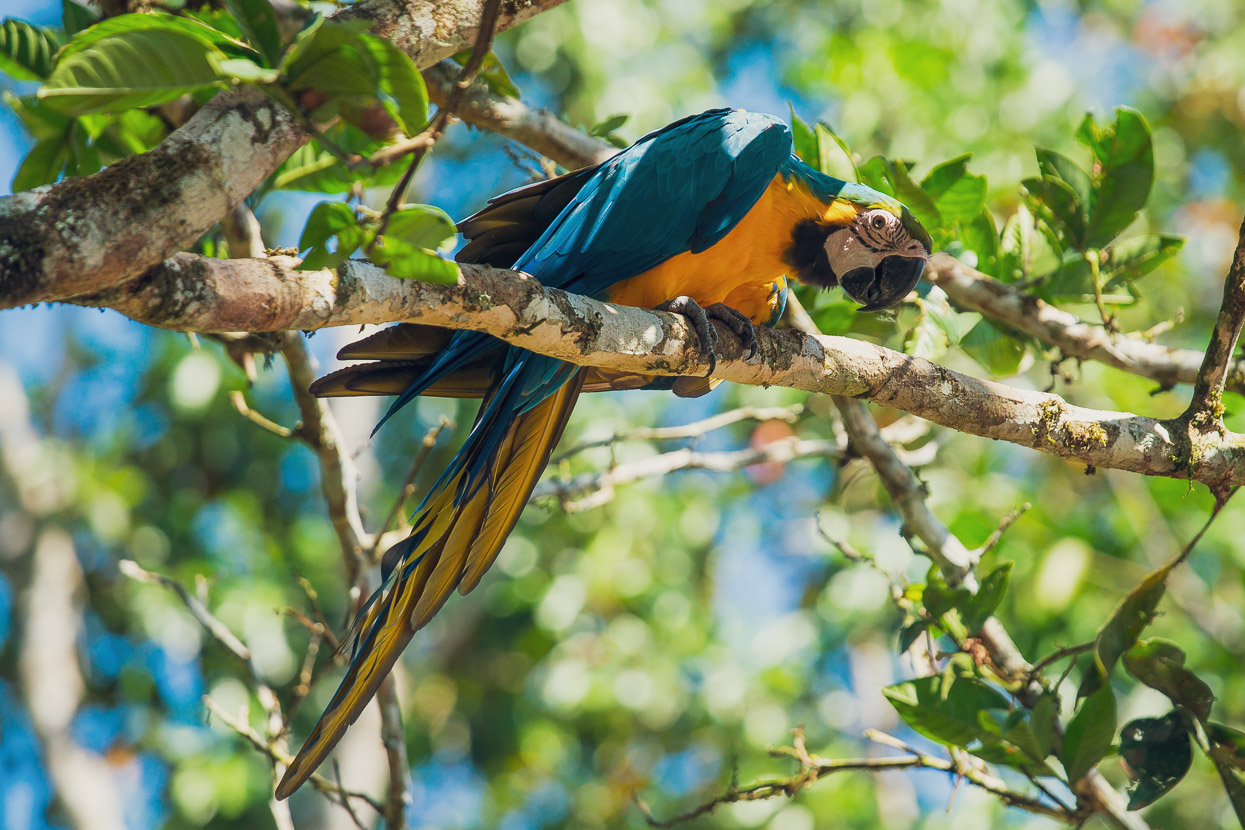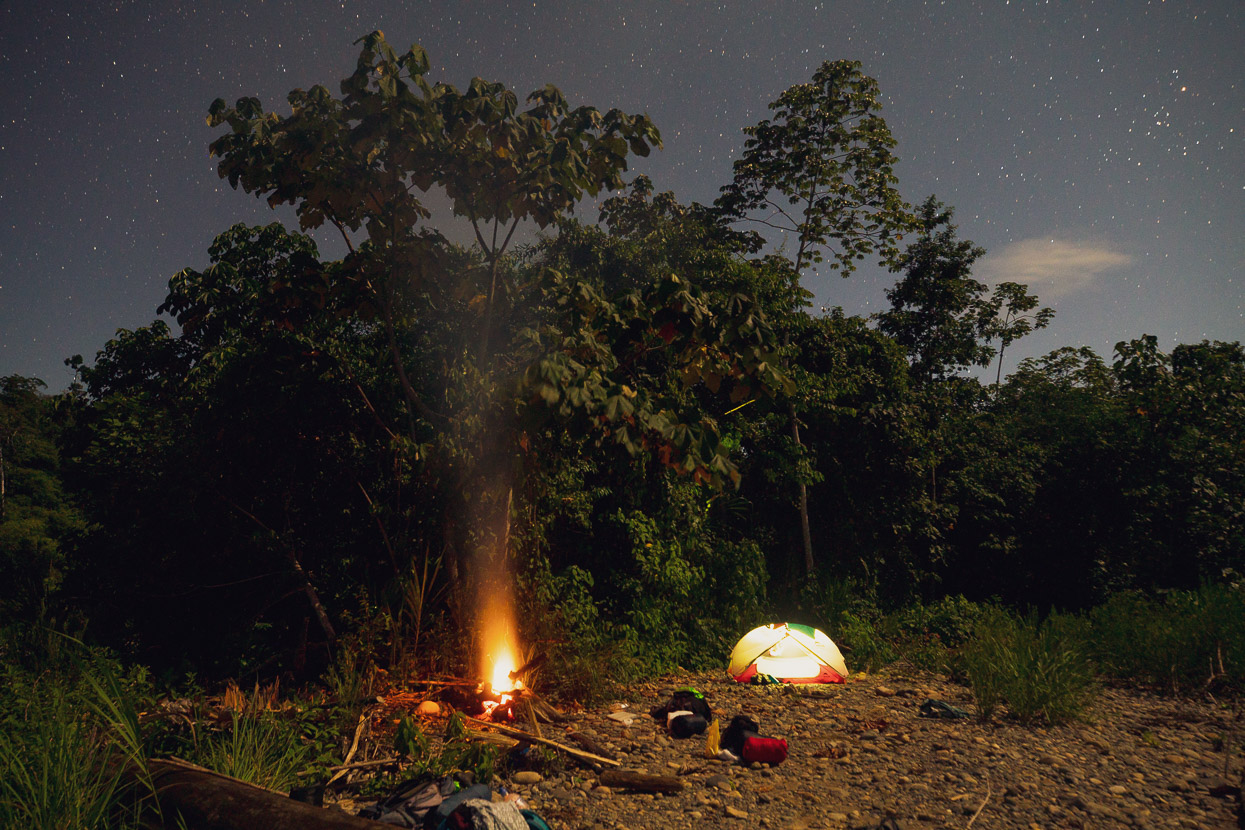from the mountains to the jungle
Ever since arriving in the Cusco region, we’d talked about making a trip down to the Madre de Dios jungle and the fringes of Manu National Park with our Peruano amigo, Manuel.
Manuel is in the final throes of establishing his mountain bike guiding business, Peru by Bike. One of the areas he wants to offer tours is the Amazon jungle lowland north east of the city. From Cusco the jungle can be reached in two days of combined riding and vehicle support. This has the makings of a classic tour as the route crosses a couple of final Andean passes before plunging from the puna down into cloud forest and eventually the lush, green surrounds of Pillcopata in the Amazon lowlands. Alone, it’s a spectacular transition through so many of Peru’s typical mountain environments right to the rainforest.
We were invited along on one of Manuel’s final reconnaissance trips, which was a chance for Manuel to get to know the route and logistics better and build further relationships with the many indigenous communities that populate the rainforest. Also along for the ride were some of Manuel’s amigos from Cusco and Lima.
On the first day, with van support, we drove from Cusco to Pisac and then up to a pass at 4000m. From there we rode 40km mostly downhill from the arid puna down to the valley town of Paucartambo.
After the testing adventures of the previous weeks it was quite nice to roll unloaded down the hill and take in a bit of the local culture at the same time.
In Paucartambo we ate dinner and reboarded the van for the drive up to Tres Cruces.
Tres Cruces occupies a position at 3650m on top of the final eastern range of the Andes. Beyond, to the east, all ridges and valleys descend rapidly towards the lowlands of the Amazon basin. We camped there in near freezing conditions, conscious that the following day we’d be simmering in 30 degree heat down in the jungle.
The whole crew rose at about 4.30am and walked to a nearby hill to watch one of the most amazing sunrises we’ve seen in the three years we’ve been on the road.
Although the sun was still well below the horizon when we gathered, the predawn light had a unique and particular glow to it. With thousands of kilometres of Amazonian rain forest between us and the horizon there was little to stop the light emanating widely and it looked quite amazing. It was one of those moments where you can really appreciate the size of the planet. What we were witnessing seemed so big, and yet we were just seeing a fragment of the actual size of the Amazon basin.
We were headed down there somewhere, into the rainforest …
… and back in the other direction the puna and the icy profile of Nevado Chicon (5530m), Cordillera Urubamba, stood behind us. Goodbye Andes.
83 kilometres of descent and flat to gently rolling riding awaited, as we plunged down out of the Andes and followed a narrow gravel road down from the puna.
The transition was amazing as we saw the full spectrum of the ecology making the descent, from the alpine, to subalpine and into the rich vegetation of the cloud forest, all lichen and moss covered.
On the way we stopped to check out a canopy walk that has been installed as part of a cloud forest research project. Of all the Amazon forest zones, the cloud forest supports the greatest biodiversity.
And then we sped on down, through tunnels, past waterfalls and tumbling, clear streams; the air slowly warming as we went.
We got lower, and the trees got taller.
In the afternoon we hit Pillcopata, right down at 530m. We’d dropped over 3000m that day and now we were covered in sweat and dust. After some food we went to the local swimming hole and washed off the day’s grime while watching the sun sink down into the jungle canopy.
Pillcopata’s not a big place but it serves an important role as a jungle service town as well as being a gateway to the deeper Amazon. It’s a small pocket of civilisation surrounded by an incomprehensibly big wilderness.
The Rio Queros flows alongside town and onwards to meet the much bigger Piñipiñi. At Atalaya (a different Atalaya to that mentioned in the previous couple of posts) just a few kilometres away they become the Rio Madre de Dios (Mother of God), the principal river of the region that courses through the jungle for thousands of kilometres to join the Amazon.
The following day we explored around town a little and then rode to a native community, Santa Rosa de Huacaria, a few kilometres away.
Some native communities in the region are slowly opening up to tourism, providing village stays, jungle tours and handcrafts. We had a look at some traditional jewellery made with local plant seeds and arrows made in the style they still hunt with, then a couple of local boys showed us the way to a river where we could swim and cool off after the sweaty ride to the village.
The Rio Piñipiñi, just before Atalaya. The following day we rode more gravel roads deeper into the lowlands, passing Atalaya and ending the day in Salvacion. Just an easy leg of 24km.
Between Pillcopata and Atalaya we stopped at an animal refuge centre run by a local family. Immediately we were mobbed by javelinas (small wild pigs), who grunted and snorted around our feet while wiping their muddy noses on our legs. But swinging and playing in the bushes around us were four different kinds of monkey, along with scarlet and blue and yellow macaws.
A juvenile boa constrictor provided a bit of entertainment as it slithered around the trees. The wardens have to keep an eye on it because the monkeys recognise it as a natural predator and try to attack it.
The sloth was a bit harder to spot. Doing as sloths do, he seemed quite happy soundlessly dozing in a tree. I had to prod him to make him open his eyes.
The night monkey forgot to go to bed.
There was some nice inter-species cooperation going on too.
At Atalaya the Madre de Dios takes on the look of a proper Amazon river and it’s here that many of the longer tours hit the water to go deeper into the jungle and Manu National Park.
This is a warning about protocol when encountering seldom or uncontacted native tribes that might be seen once you go deeper into the jungle. Don’t point your camera at them as it might be interpreted as a weapon!
Another beautiful mural. We saw all four birds portrayed on this one.
From Salvacion we rode a further 46km to Shintuya, another native community. Because it is remote and easily bypassed by river travellers, Shintuya sees few visitors. But the small community here is kicking off a low key tourism project to try and draw more visitors to their area. The people of this community live on the perimeter of the Reserva Comunal Armakaeri, an area that includes their ancestral territory.
You know you’re in the jungle when its perfectly normal to see an orphaned baby monkey adopted by the family dog.
In Shintuya we were welcomed by two of the ‘Tres Hermanos’, Che and his brother Hernan and fed a hearty meal of pork and rice before hopping into a 4WD and driving for about an hour up a broad gravelly river bed into the reserve. From there we walked about 30 minutes to a camp site in the jungle.
The plan was to then go walkabout for a while and hopefully spot some wildlife, before camping for the night.
We walked up a stream bed for about an hour, and immediately began to spot signs of wildlife, first some huge tapir footprints (see below compared with my 1 litre waterbottle), jaguar scat, giant otter scat (they call the giant otter here lobo del rio, or wolf of the river), javelina and deer footprints, several native birds and howler monkeys.
Of more immediate concern, a fer de lance was pointed out to us, curled under the damp and shadowy edge of the riverbank. With a reputation for aggressiveness, these are one of the most venomous snakes in the world, so we kept our distance!
It was close to dark by the time we returned to our camp at the confluence of two streams. Already an amazing canopy of stars was beginning to appear in the perfectly clear sky. The air was warm, the night calm. The sounds of birds and insects emanated from the forest.
We set up camp and got dinner underway, but while we were collecting firewood around the riverbed campsite another fer de lance was spotted close to the tents. It was a juvenile, but young snakes can be even more dangerous than mature ones as they don’t regulate their venom delivery as well. Our native guides offered to kill it, but despite the risk we didn’t want them to harm it, so we scared it away and made a note to be extremely careful walking around.
In the morning we woke to the primal, eerie sound of distant howler monkeys. It dawned cloudy with a few spits of rain, but the birds were active. We spotted scarlet macaws, loros and the distinctive shape of toucans, with their immense beaks (photo) and very distinctive call.
Che and his brother went foraging and came back with some palm fruit which we steamed in the fire. The previous evening we’d also collected some toxic looking white fungus from a log which the dos hermanos reckoned tasted pretty good. That was steamed inside a section of bamboo which was plugged at the open end with leaves and placed in the fire. The palm fruit tasted like slightly bitter pumpkin, pretty good in fact, while the fungus had quite a nutty flavour.
Being in the jungle with two native men was a special experience. They were a really nice pair of guys: patient, thoughtful and eager to share their knowledge of the forest. Seeing how in tune with the forest they were and how it could provide for them was really interesting.
For them the forest transcends simply being a place of physical resources to a deeply spiritual one. It’s their ancestral home and their reverence for it was clear. They pointed out the sacred trees to us, and told us which one is the most spiritual for them. Of that tree, Hernan said to us that when they take the traditional hallucinatory brew ayahuasca, this is the tree they go to to seek answers.
We really appreciated their conservation-minded holistic view of their surroundings and it drove home what a tragedy is playing out in the jungles of the world, with conversion to farming, palm oil production and the seizing of indigenous homelands. Even though these guys live a partially modern existence, they are people of the forest.
Sadly we could not spend longer learning the tricks of the jungle from the hermanos, because we had a 12 hour drive back to Cusco via truck and colectivo. But we were deeply appreciative of our time there, and the whole experience of transitioning from the puna homeland of the mountain people of Peru right through to the lowland rainforest and seeing a taste of that culture and environment.
More on Manuel’s guiding operation: Peru By Bike,
and the Tres Hermanos of Shintuya have a Facebook page.
donations are welcome!
Web hosting, our Ride With GPS subscription and creating content for this site – as much as we love it – adds to travel costs and is time consuming. Every little bit helps, and your contributions motivate us to work on more bicycle travel-related content.
Thanks to Otso Cycles, Revelate Designs, Kathmandu, Big Agnes, Hope Technology, Biomaxa and Pureflow for supporting Alaska to Argentina.

